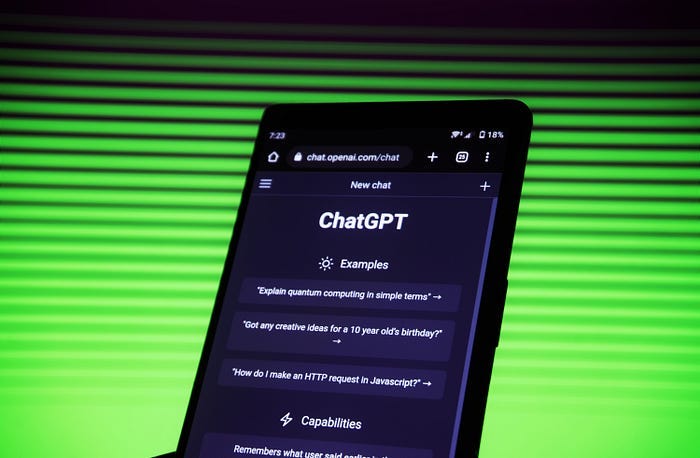Mastering Prompt Compression in Language Models
Explore prompt compression in AI: Learn key techniques like LLMLingua for efficient ChatGPT/Claude interactions with Python examples. Perfect for AI enthusiasts and developers.

Unveiling the Magic of Prompt Compression
Hey there! If you’re fascinated by the world of AI and machine learning, you’ve probably heard about large language models (LLMs) like ChatGPT, Claude, and their kin. These AI marvels can chat, write, and even code, but they have an Achilles’ heel — they’re pretty verbose. That’s where prompt compression comes in, a nifty technique that’s all about making these AI giants less wordy and more efficient. It’s like packing a suitcase for a month-long trip in a tiny backpack!
What is Prompt Compression?
In simple terms, prompt compression is the art of shrinking down the size of prompts fed into LLMs. Think of a prompt as a question or instruction you give to an AI. The goal? To save on computational resources and cut down costs. After all, in the AI world, less is more!
The Cool Techniques
1. Truncation — The Quick and Dirty Way
It’s like snipping the end of a long rope. Easy, but sometimes you might cut off something important.
2. Gisting — The Smart Condenser
Imagine teaching a mini-model to summarize a long story into a tweet. It’s great for really long prompts.
3. Lossless Compression Algorithms — The Tech-Savvy Approach
This is for the geeks who like experimenting with algorithms like Gzip or LZMA to squish prompts without losing a bit of info.
4. Coarse-Grained and Iterative Token-Level Compression — The Double Whammy
A two-step dance where you first cut out the fluff (coarse-grained) and then tweak the wording (iterative token-level) to keep it crisp. Microsoft’s LLMLingua is a star here, managing to squish prompts up to 20 times smaller!
5. Using Special Characters and Abbreviations — The Texting Style
It’s like using “LOL” instead of “laughing out loud.” A nifty way to shorten stuff without losing meaning.
6. Prompt Reducer Apps — The Handy Helpers
Tools like Prompt Reducer or gptrim.com are like your friendly neighborhood barber, trimming down prompts to look neat and tidy.
7. Training a Generic Prompt Compressor — The Future Wave
This is next-level stuff, training a model to compress any prompt on the fly. It’s like having a universal remote for all your devices.
Practical Code Examples
Simple Truncation Example in Python
import openai
def simple_truncate(prompt, limit=500):
# Chop the prompt to the first 500 characters
return prompt[:limit]
long_prompt = "Imagine you have to write about the entire history of the Roman Empire..."
print(simple_truncate(long_prompt))LLMLingua Style Compression in Python
import openai
import nltk # Ensure NLTK is installed
def llmlingua_style_compress(prompt):
sentences = nltk.sent_tokenize(prompt)
coarse_compressed = sentences[:5]
iteratively_compressed = [" ".join(sentence.split()[:10]) for sentence in coarse_compressed]
return " ".join(iteratively_compressed)
complex_prompt = "The Roman Empire's history is fascinating..."
response = chat_with_gpt(llmlingua_style_compress(complex_prompt))
print(response)Balancing Act
Now, while prompt compression is pretty awesome, it’s a bit of a tightrope walk. You want to make sure you’re not tossing out crucial info with the bathwater. It’s all about finding that sweet spot where the AI still gets what you’re saying without needing a novel-length prompt.
Wrapping It Up
Prompt compression is like the Marie Kondo of the AI world — it’s all about sparking joy with fewer words. It’s a game-changer, especially for businesses using AI, as it can mean faster responses and lighter bills. But remember, it’s an art as much as it is a science. So, the next time you chat with an AI, think about how a little bit of prompt compression could make your interaction smoother and quicker.
The Future is Compressed!
As we march into the future, expect to see more advanced forms of prompt compression. The AI brains behind these systems are constantly learning and getting better at understanding what we mean, not just what we say. We’re looking at a future where AI can grasp the gist of our ramblings, turn them into neat, compact prompts, and still dish out spot-on responses.
A Word of Caution
Before we wrap up, a heads-up: while compressing prompts is cool, don’t overdo it. It’s a delicate balancing act. You want to be clear enough so the AI doesn’t give you the digital equivalent of a blank stare. Keep it concise but make sure you’re not leaving out the stuff that matters.
Conclusion
And there you have it, folks — a casual stroll through the world of prompt compression. It’s an unsung hero in the AI landscape, helping keep our digital conversations crisp and to the point. Whether you’re a tech whiz or just an AI enthusiast, understanding this concept can add a new layer to your AI interactions. So, go ahead, give it a try and see how you can make your AI chats smarter and snappier. Happy compressing!
🔗 Connect with me on LinkedIn!
I hope you found this article helpful! If you’re interested in learning more and staying up-to-date with my latest insights and articles, don’t hesitate to connect with me on LinkedIn.
Let’s grow our networks, engage in meaningful discussions, and share our experiences in the world of software development and beyond. Looking forward to connecting with you! 😊

